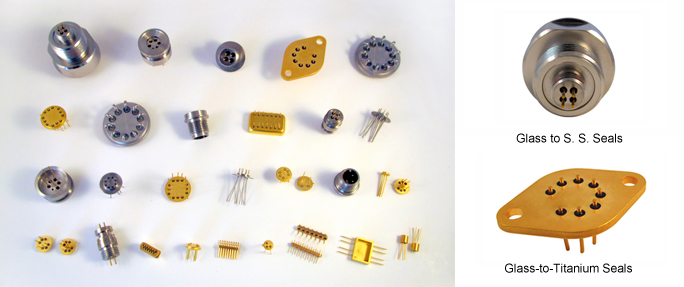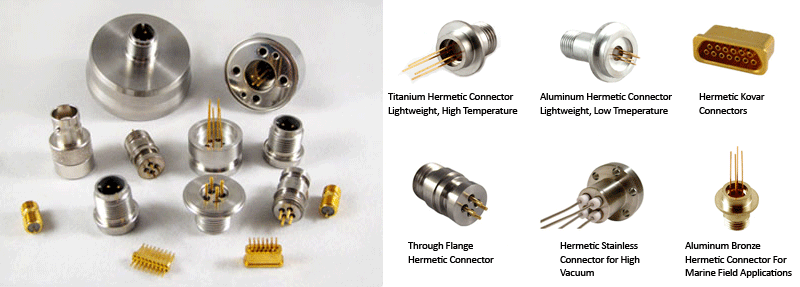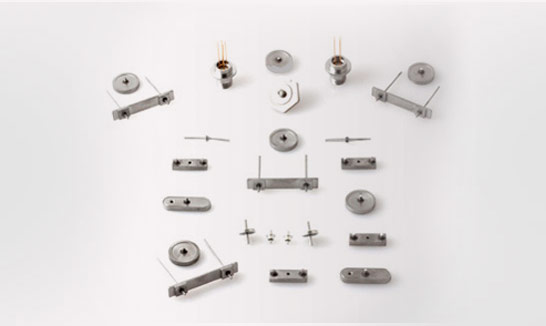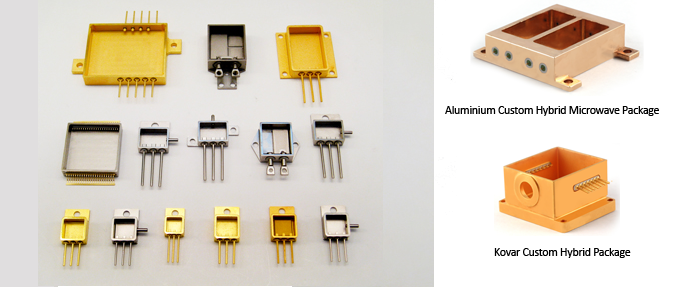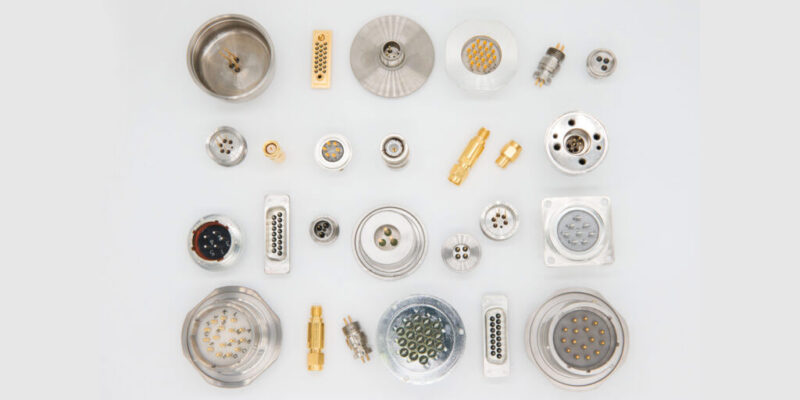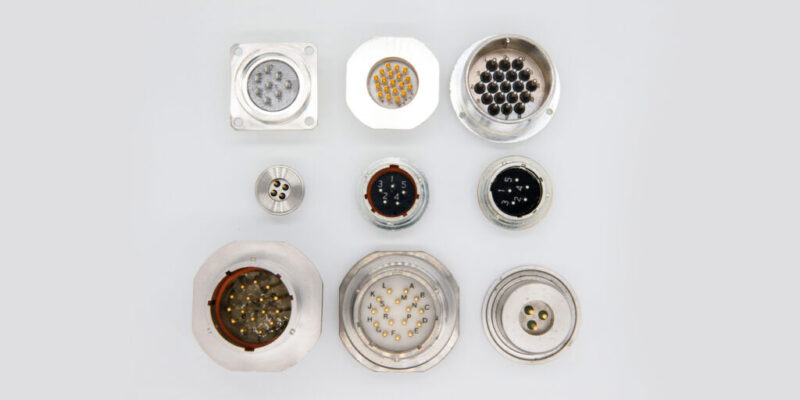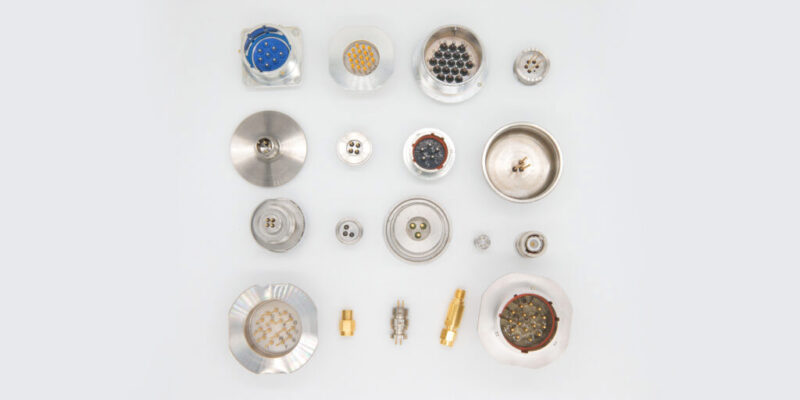Hermetic headers are essential components in various industries, providing unmatched protection for sensitive electronic and mechanical systems. These innovative components, combined with hermetic terminals, ensure a reliable seal against environmental factors like moisture, gas, liquid, pressure, and extreme temperatures. Their robust design guarantees long-lasting performance in even the harshest conditions.
State-of-the-Art Hermetic Headers
Complete Hermetics leads the industry in designing and manufacturing top-tier hermetic headers. The company’s state-of-the-art capabilities and advanced process control ensure that every product meets stringent quality standards. Hermetic headers are critical for applications requiring absolute protection from environmental exposure, including aerospace, medical devices, telecommunications, and automotive systems.
Hermetic Terminals for Optimal Performance
Hermetic terminals are a vital part of hermetic headers, enabling secure electrical connections while maintaining the integrity of the seal. These terminals are engineered to resist corrosion and withstand varying pressures, ensuring exceptional durability. Complete Hermetics specializes in developing hermetic terminals tailored to specific requirements, offering unparalleled customization and precision.
TO Headers for Microelectronic Packaging
Among the most popular hermetic headers are transistor outline (TO) headers, widely utilized in microelectronic packaging. These headers are indispensable in transmitting and receiving optical signals in high-performance devices. TO headers are integral to both TOSA (transmitter optical subassemblies) and ROSA (receiver optical subassemblies), making them indispensable in fiber optic communications, data transmission, and other advanced applications. Complete Hermetics offers a comprehensive range of TO headers in various configurations, ensuring compatibility with diverse systems.
Why Choose Complete Hermetics?
Complete Hermetics is a trusted name in the field, offering high-reliability solutions that meet the exacting demands of modern industries. With a commitment to innovation and quality, the company delivers hermetic headers and terminals that excel in performance, longevity, and resistance to environmental stress.
For exceptional hermetic headers, multi-pin headers, hermetic terminals, and TO headers, trust Complete Hermetics. Their expertise and dedication make them the ultimate partner for applications requiring hermetically sealed protection.


